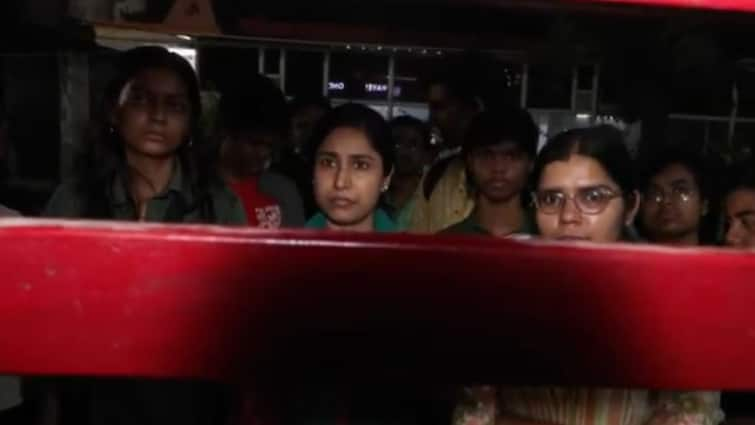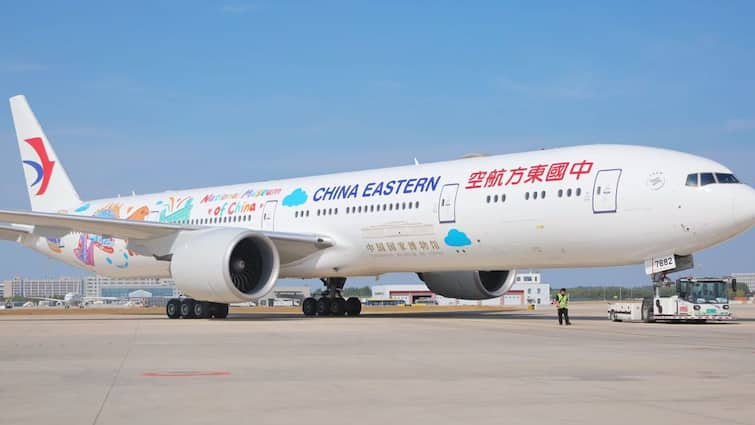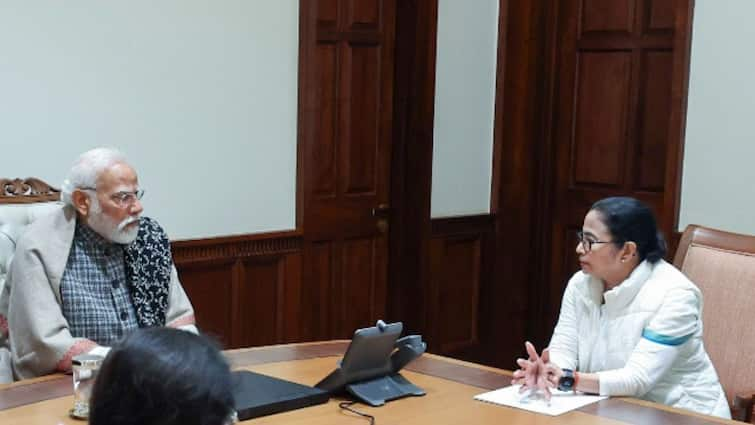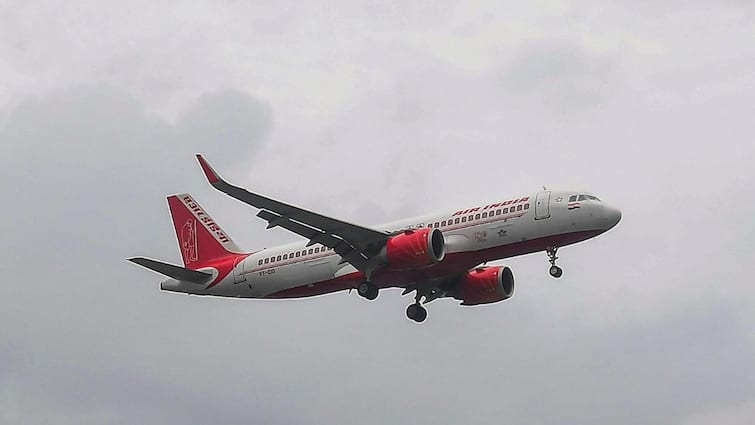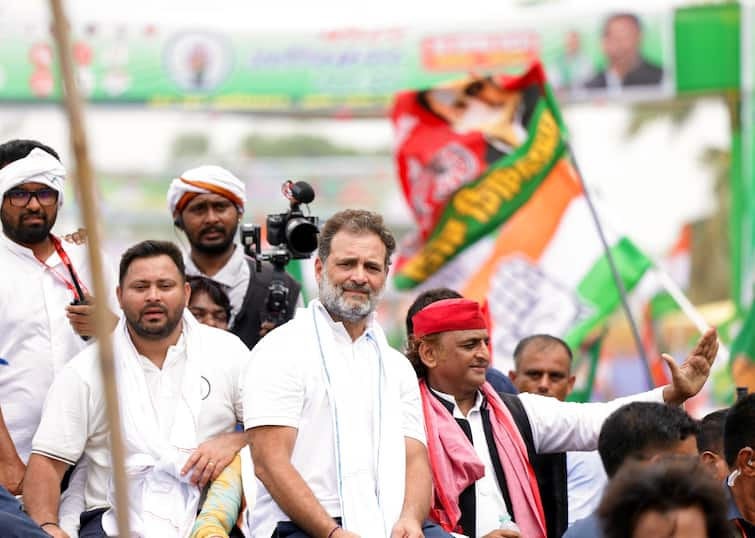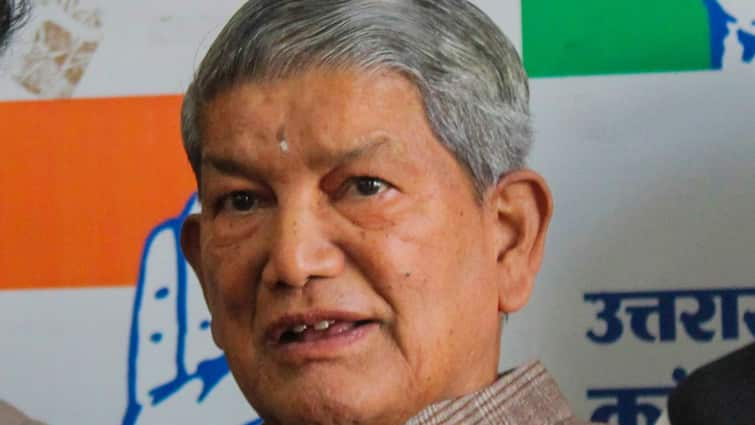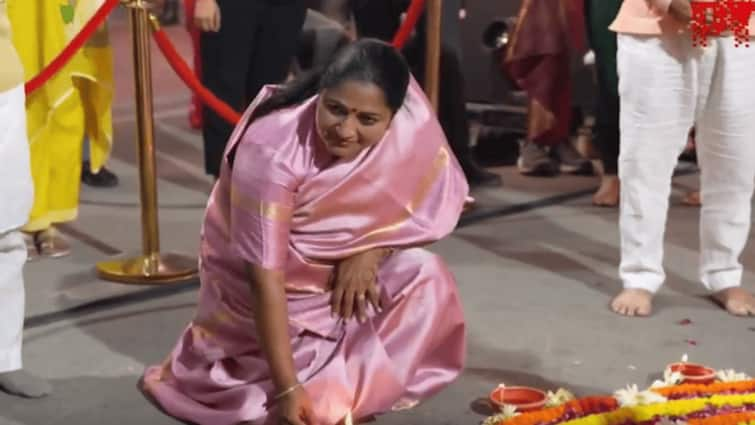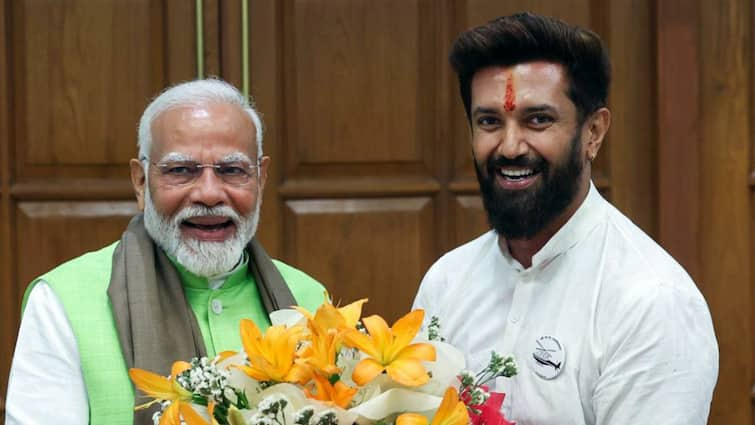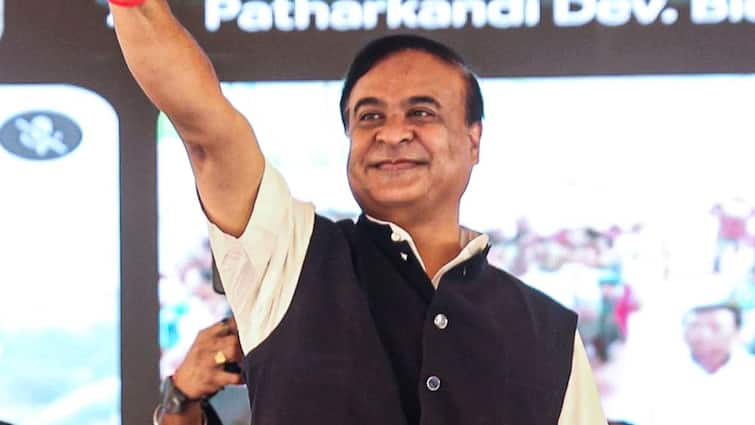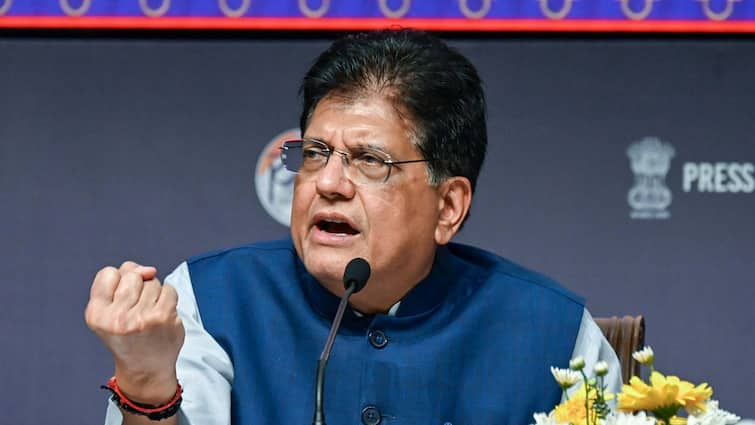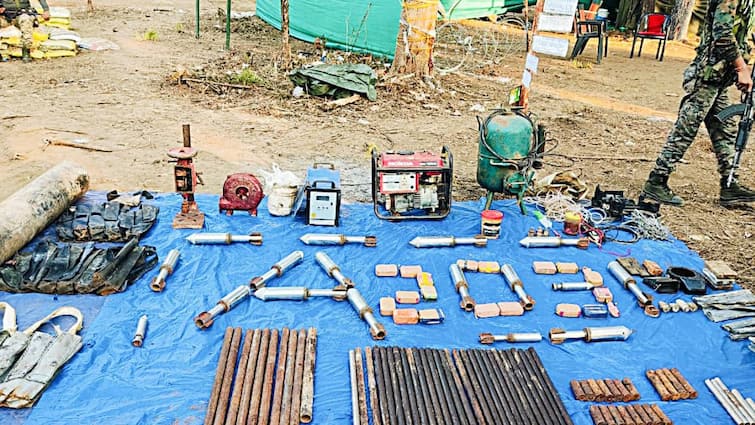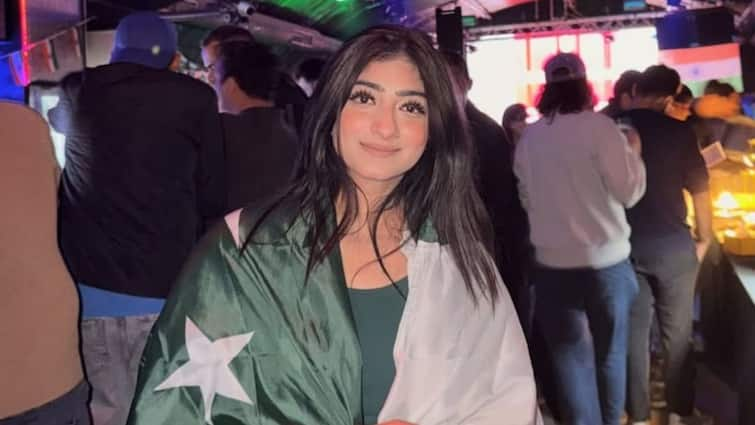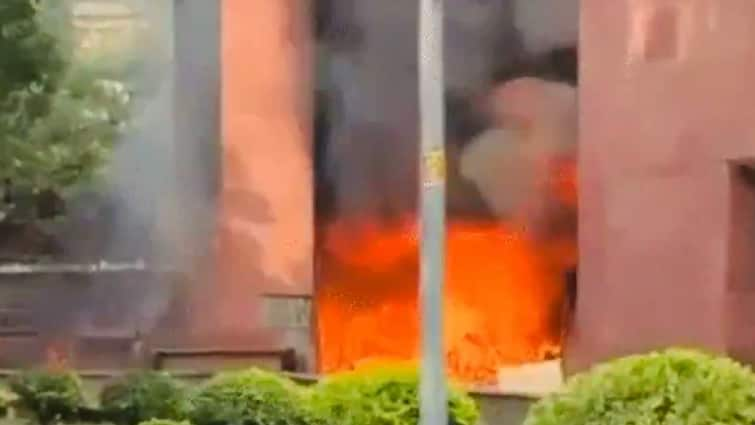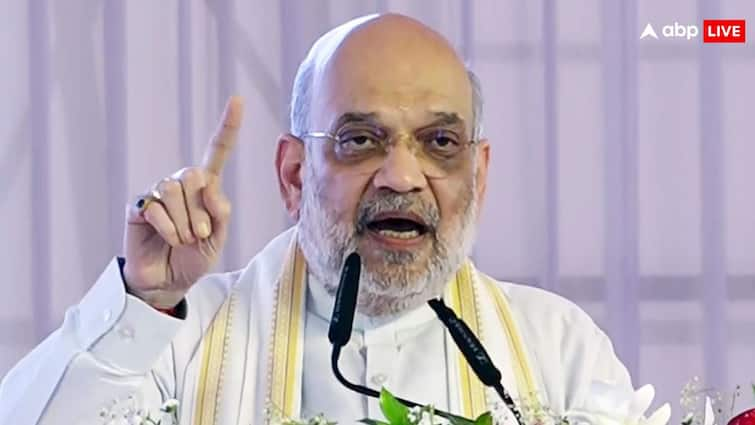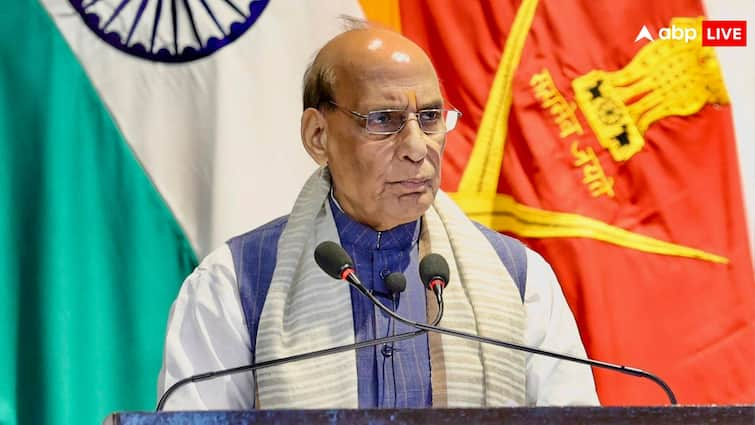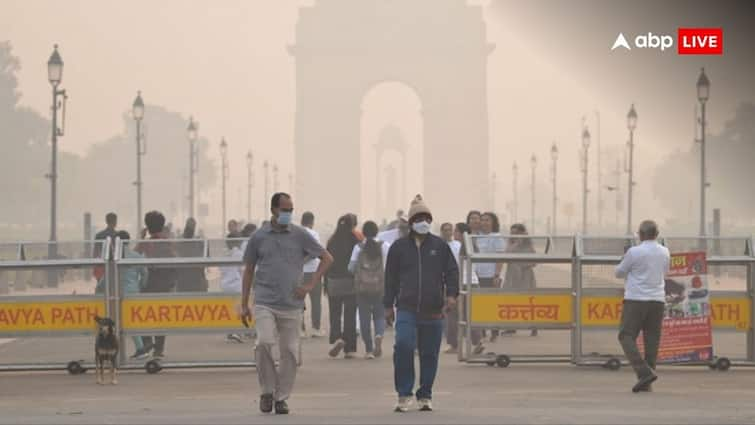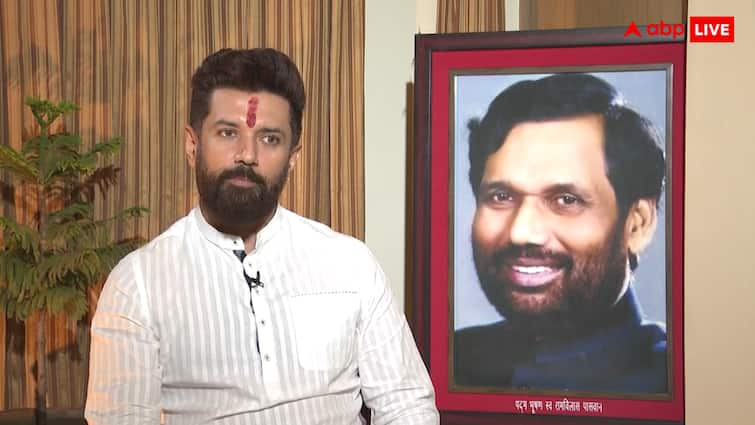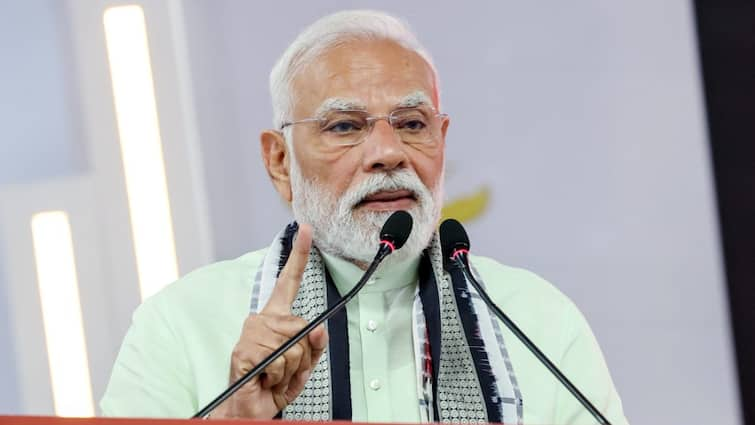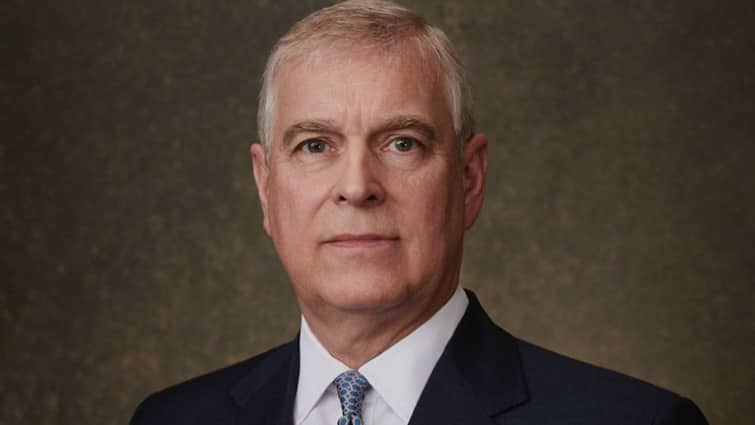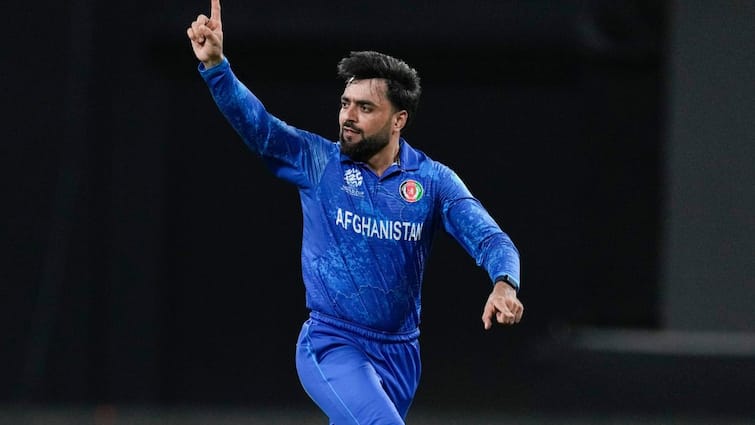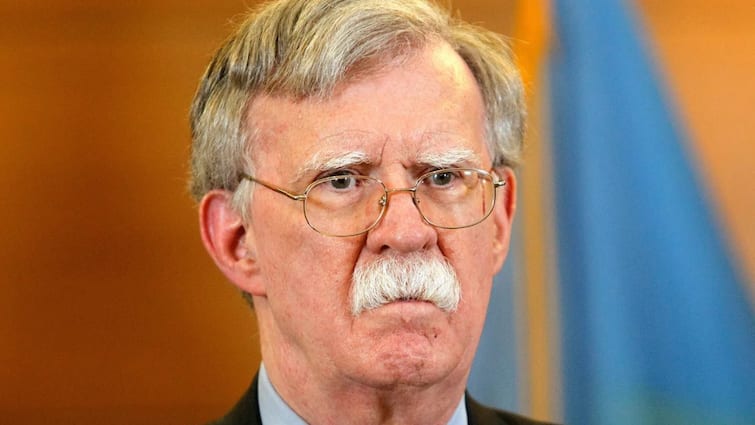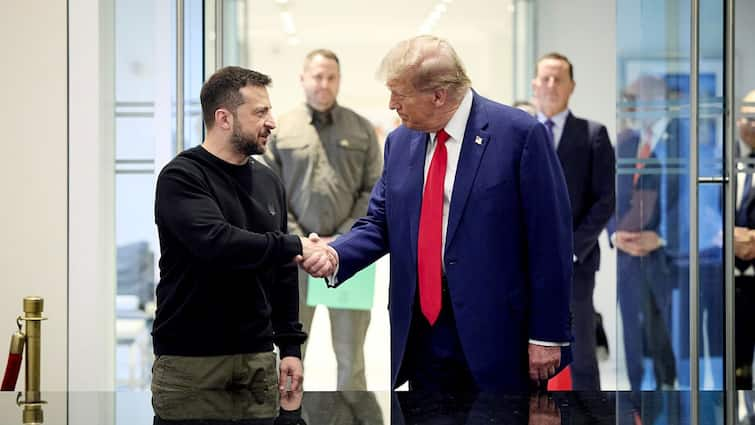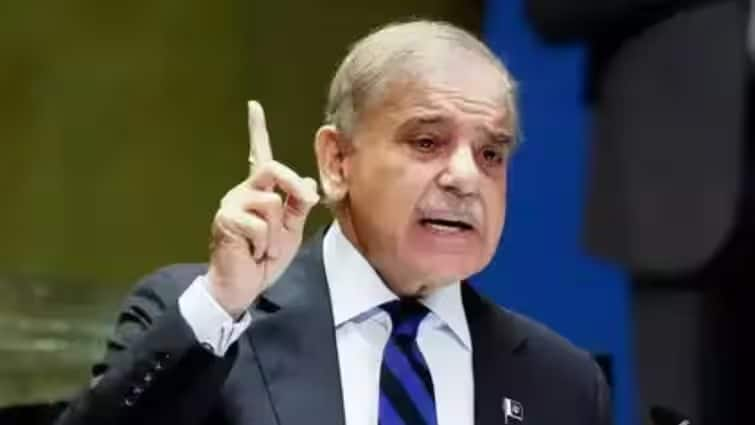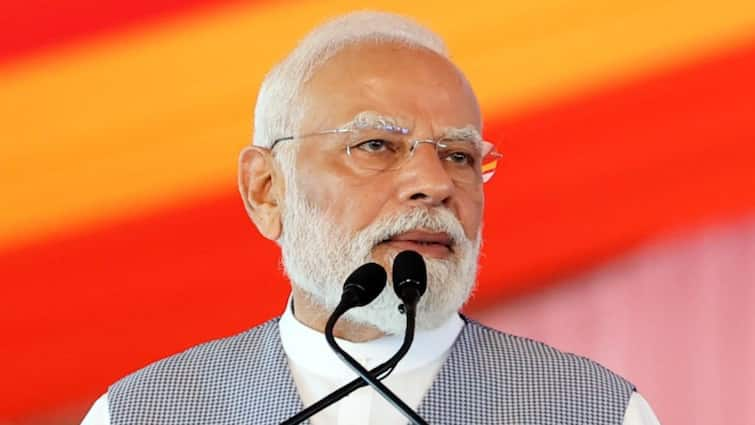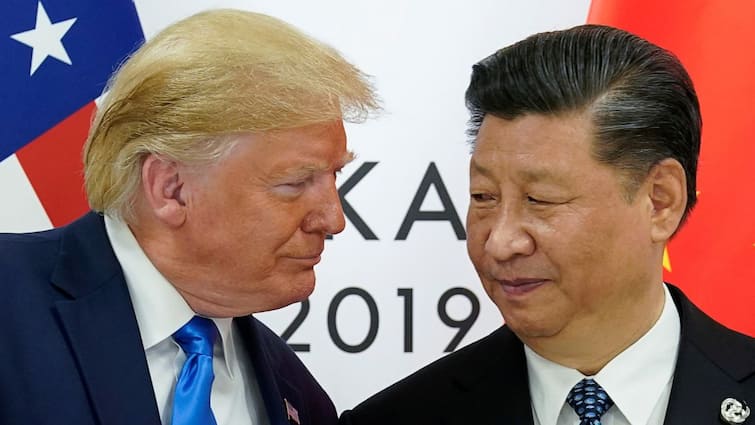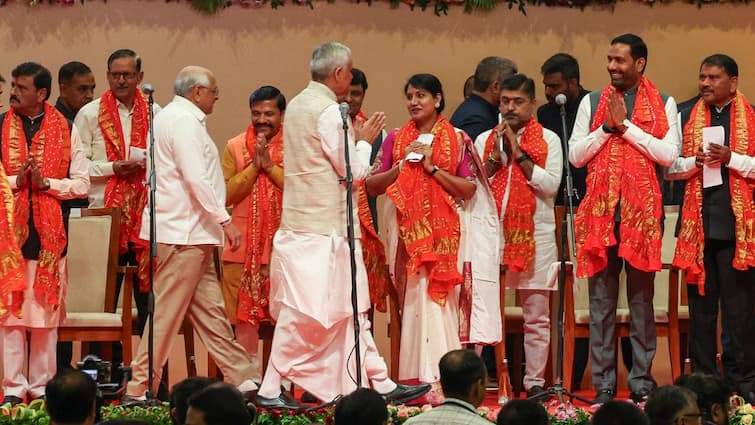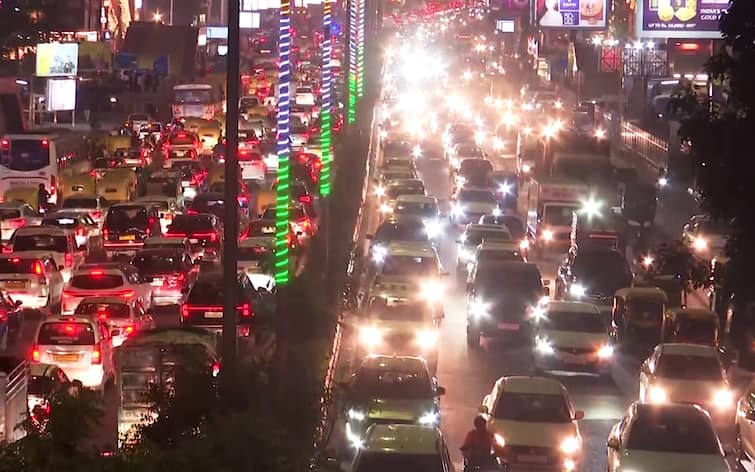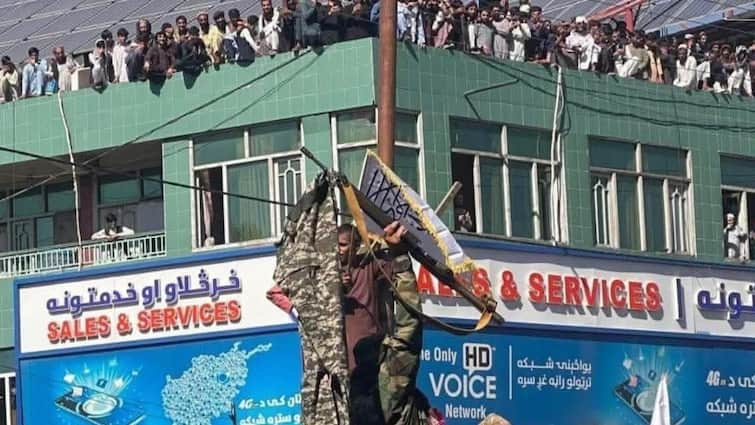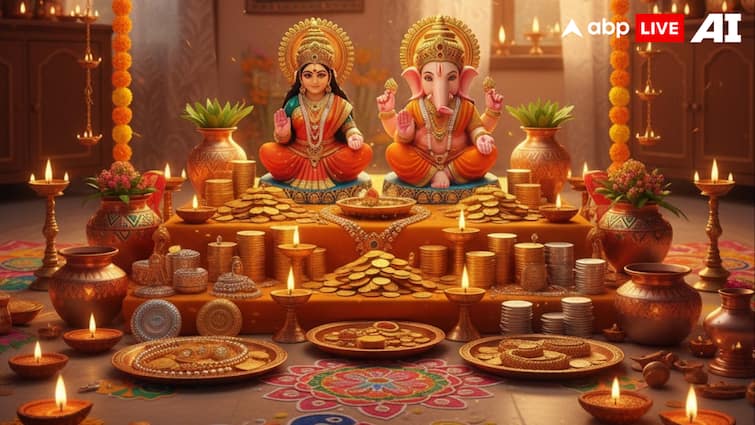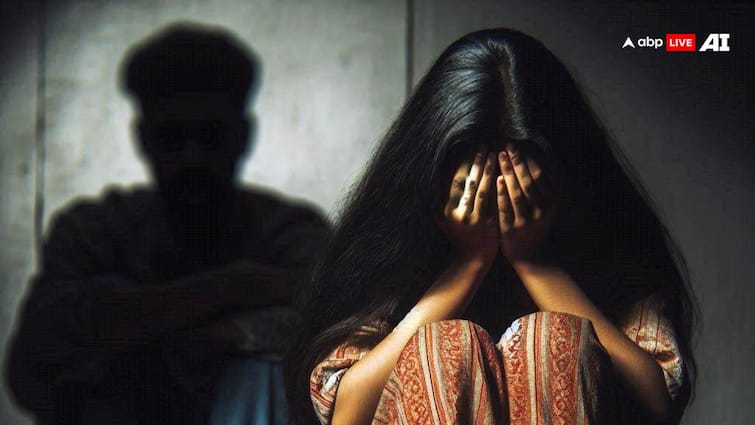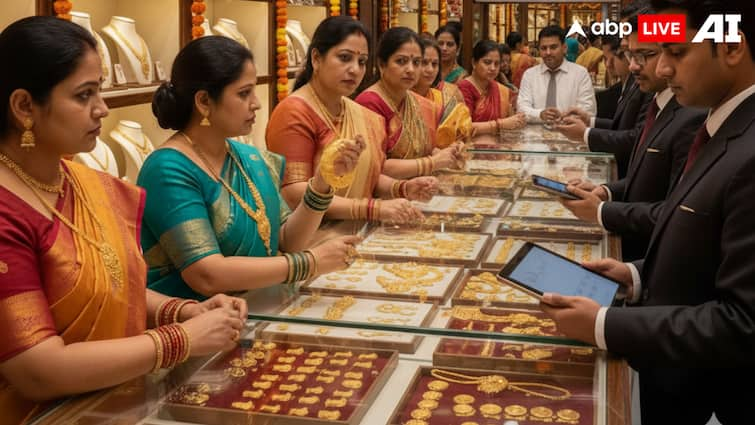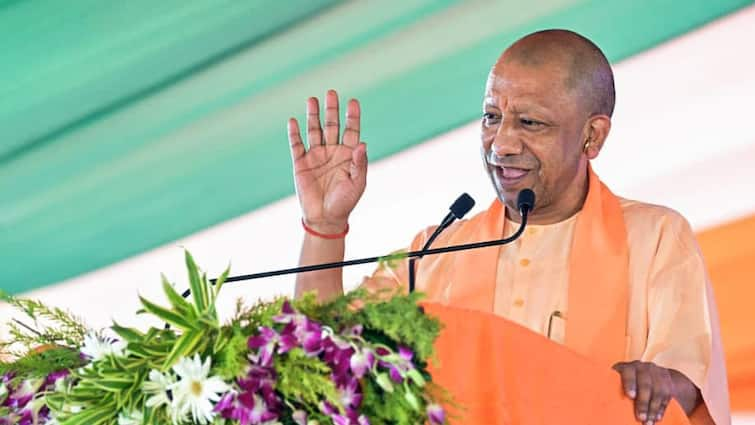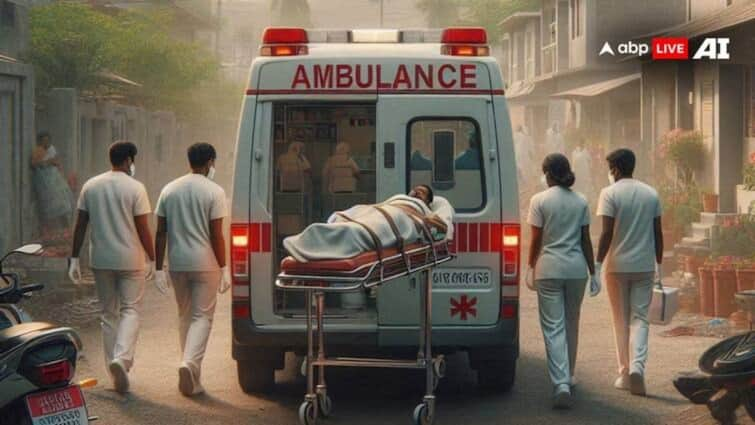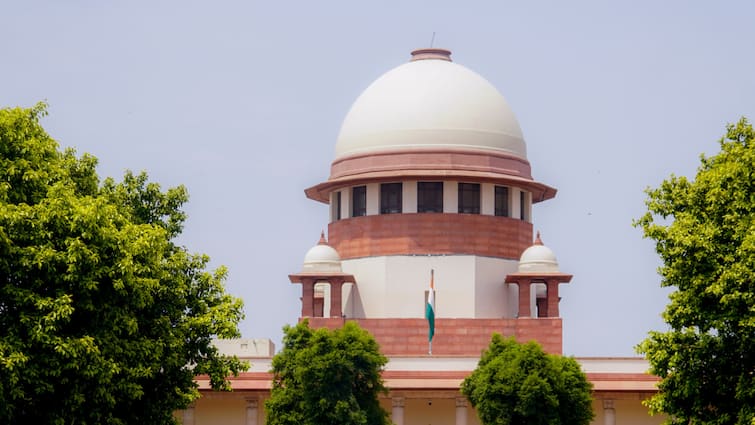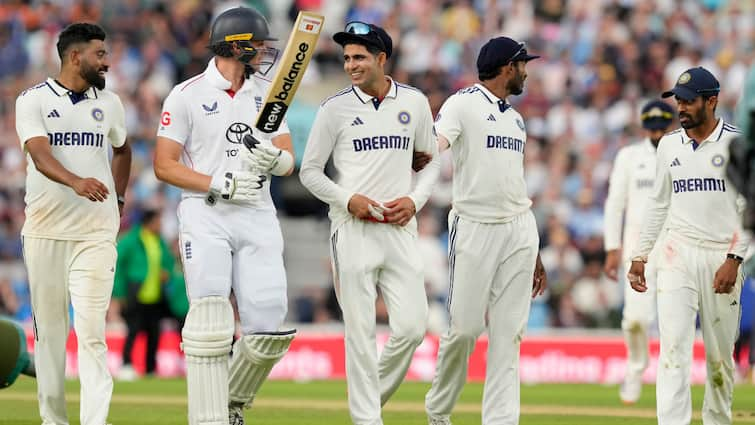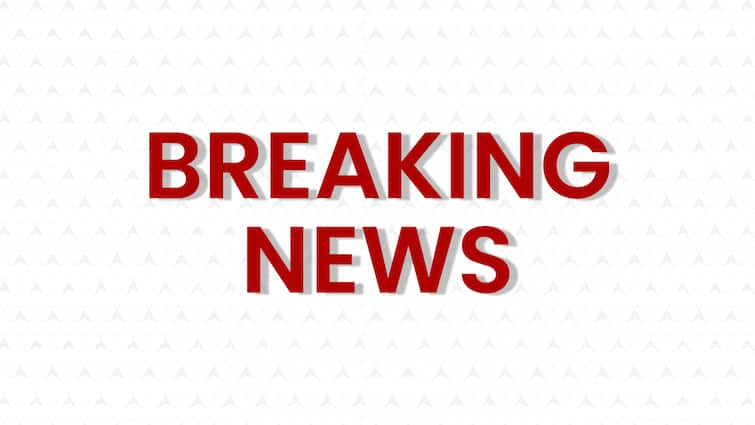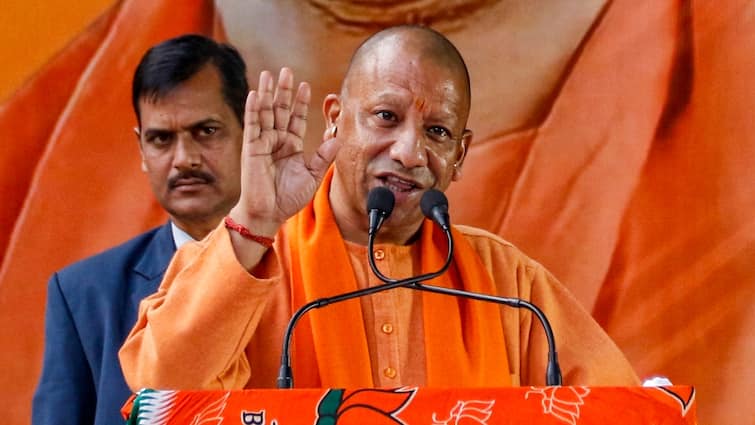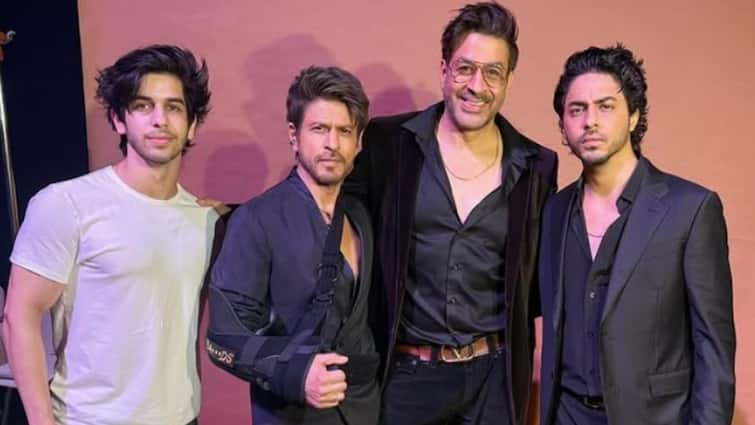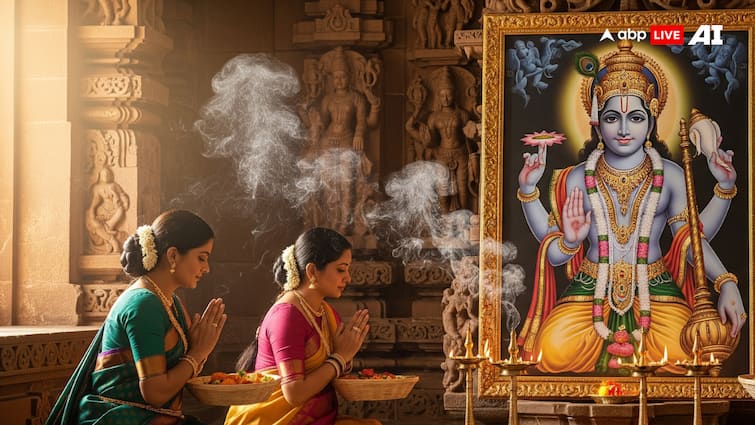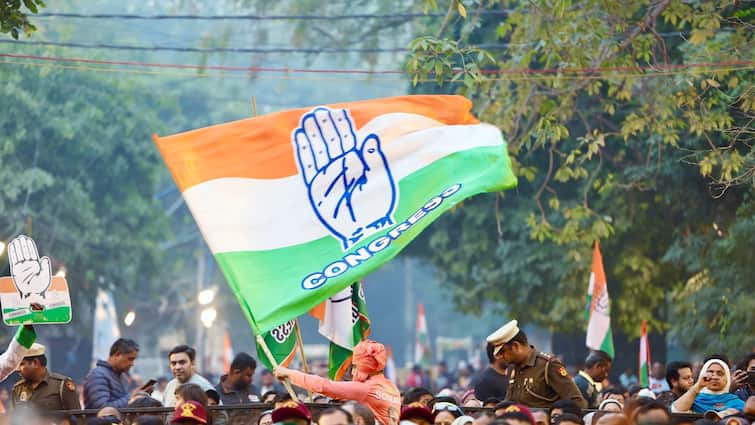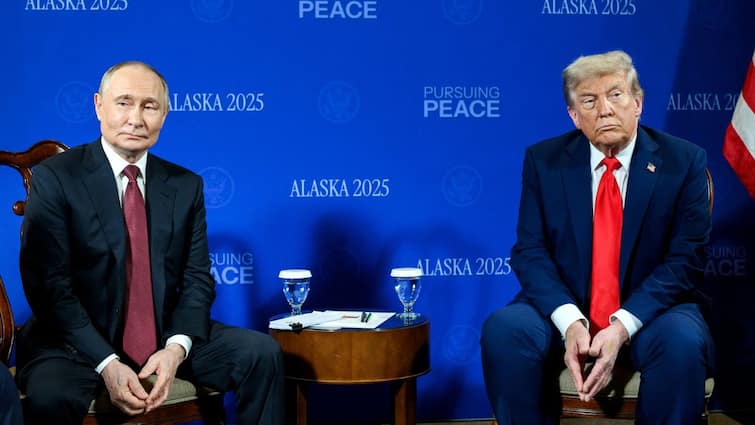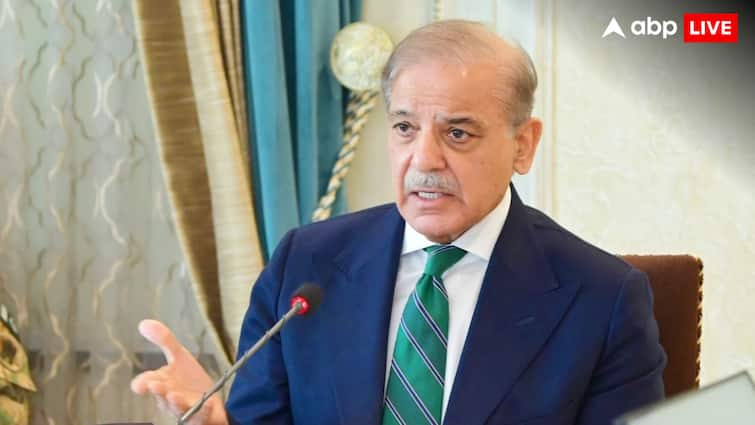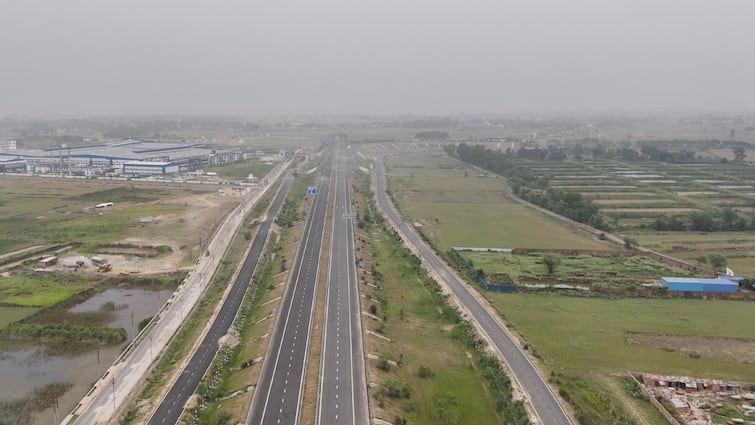
Heavy vehicles on the steep Bhor Ghat stretch of the Mumbai-Pune Expressway may soon be allowed to descend a little faster. Authorities are actively considering a proposal to revise the speed limit for buses and trucks from the current 40 kmph to around 45–50 kmph on the Khandala-bound slope, officials and transporters confirmed.
The 10-kilometre ghat section between Lonavala and Khalapur has long posed challenges for drivers of heavy vehicles, who argue that the existing speed limit is not only difficult to follow but also increases safety and operational concerns.
Transporters Push Back Against ‘Unrealistic’ Limit
A joint survey was conducted recently by officials from the Maharashtra State Road Development Corporation (MSRDC), state transport department, highway police, and representatives of transport associations to evaluate real-world conditions in the area.
Transporters and bus operators labelled the 40 kmph cap as “unscientific” and “unfair,” pointing out that it leads to traffic slowdowns, overheating brake systems, and unnecessary e-challans.
“In special gear, vehicles can only reach speeds of 7-10 kmph, while it’s 25-28 kmph in first gear and 45-47 kmph in the second gear. But if you stay in first gear for too long, the vehicle crawls and disrupts traffic. In the second gear, you either overshoot the speed limit or end up overheating the brake drum due to excessive braking,” said Harsh Kotak, a bus operator and representative of the Mumbai Bus Malak Sangh.
Kotak added that nearly 30% of the e-challans on the ghat stretch are issued to heavy vehicles for speeds between 43 and 50 kmph—just marginally above the prescribed limit.
Lack of Signage and Speed Traps Spark Frustration
Transporters also criticised the absence of adequate warning signs and the impact of the new Intelligent Traffic Management System (ITMS), which has increased the number of speed-related fines.
“Sudden braking often leads to accidents. The government calls it an expressway, but expects vehicles to run at 40 kmph,” said bus operator KV Shetty.
Currently, cars are allowed to drive at 60 kmph on the ghat section, while the rest of the expressway permits 100 kmph for smaller vehicles and 80 kmph for heavy ones.
aharashtra Transport Commissioner Vivek Bhimanwar acknowledged the complaints, stating, “It is practically difficult for heavy vehicles to maintain such low speeds on the sharp downward slope.” He added that the MSRDC is responsible for taking a final call, while the highway police will notify any changes to the speed limit.
“Our department has already written multiple letters to the highway police,” Bhimanwar said.
An official from MSRDC mentioned that a meeting to discuss the revision is likely to be convened by the highway police soon.
Opened in 2002 and named after former chief minister Yashwantrao Chavan, the expressway saw 191 accidents in 2024 alone, further pressing the need for a review of existing speed norms. As deliberations continue, transporters are hopeful that a more practical and scientifically set speed limit will soon be implemented.
Doonited Affiliated: Syndicate News Hunt
This report has been published as part of an auto-generated syndicated wire feed. Except for the headline, the content has not been modified or edited by Doonited




